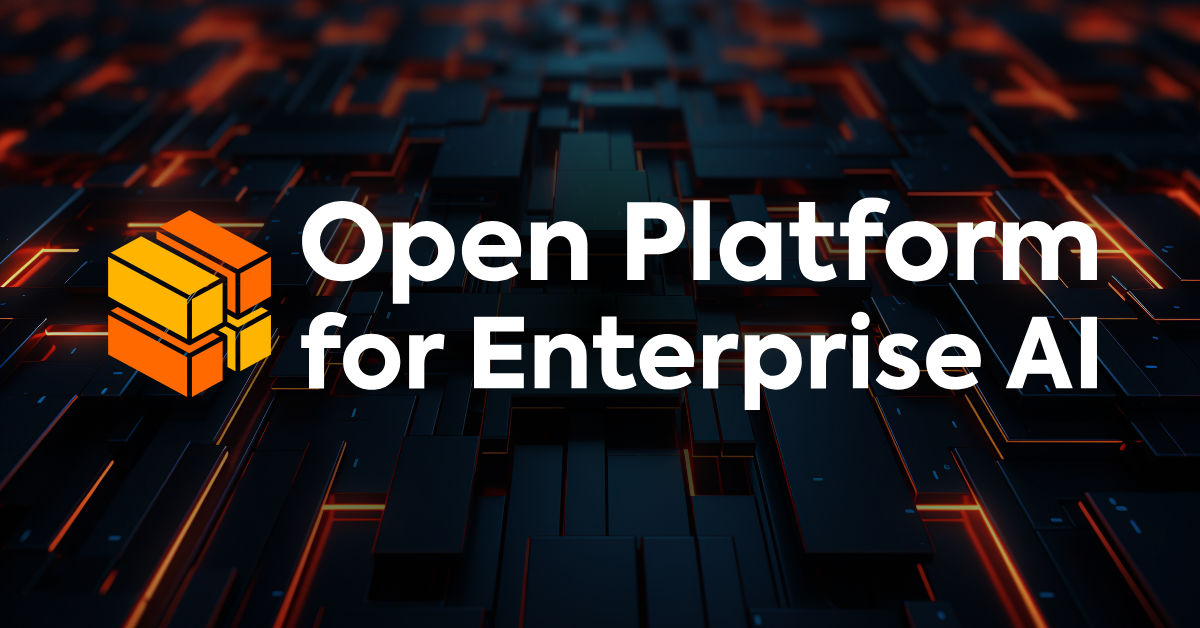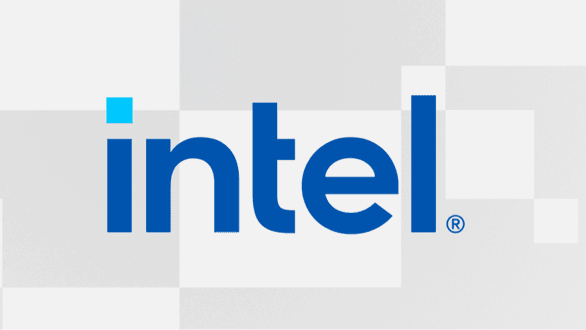fansink
Well-known member
It will be interesting to see how the AI situation pans out for Intel moving into the future since the firm is in desperate need of a lifeline given the financial conditions they are going through.
Intel has given up the AI race with NVIDIA & is now in pursuit of launching cost-effective solutions with its new Gaudi 3 AI offerings.
Intel's Gaudi 3 AI GPUs Will Feature Industry-Leading Performance-Per-Dollar Value, But Won't Compete With NVIDIA As Blue Team Shifts Target Market
Well, it seems like Team Blue has finally realized that competing in the "compute power" race with NVIDIA isn't the viable path for them to have a sustainable business.
Instead, the firm is now tapping into a relatively unpopulated AI business segment, which is a cost-efficient implementation of AI accelerators, which is likely going to amuse a larger part of the industry. Based on a report by CRN, Intel is pitching its newest Gaudi 3 AI GPUs as a valuable offering, coming in with some of the best price-to-performance ratios available in the markets.
Nanduri said while Gaudi 3 is “not catching up” to Nvidia’s latest GPU from a head-to-head performance perspective, the accelerator chip is well-suited to enable economical systems for running task-based models and open-source models on behalf of enterprises, which is where the company has “traditional strengths.”
Intel claims that its Gaudi 3 lineup offers performance equivalent to NVIDIA's popular H100 AI accelerator, particularly in inferencing workloads, which have seen a massive rise following the debut of "reasoning-focused" LLM models. In terms of the actual figures, Intel claims that the Gaudi 3 AI accelerator provides 80% better performance-per-dollar value when compared with NVIDIA's H100, and when benchmarking at Llama-2, the performance-per-dollar difference goes up by 2x, which is indeed impressive.
The firm is solely pitching the new AI lineup as the best solution for small-scale startups and individuals looking to acquire AI computing power. However, when tested in floating-point operations, the Gaudi 3 AI GPUs do feel short of NVIDIA's alternatives, suggesting that hardcore AI performance isn't Intel's cup of tea for now.
Team Blue has realized that they can't compete with NVIDIA when it comes to hardware dominance. Surprisingly, the firm claims that they aren't looking towards capitalizing on demand from the mainstream market players. In the longer run, they believe that smaller LLM models will see wider adoption once the AI frenzy and the craze behind large-scale data centers fade away.
The world we are starting to see is people are questioning the [return on investment], the cost, the power and everything else. This is where—I don’t have a crystal ball—but the way we think about it is, do you want one giant model that knows it all.
We feel like where we are with the product, the customers that are engaged, the problems we're solving, that's our swim lane. The bet is that the market will open up in that space, and there'll be a bunch of people building their own inferencing solutions.
- Intel's Anil Nanduri via CRN
Intel's Gaudi 3 AI solutions have witnessed decent adoption from the industry, mainly by IBM Cloud, Hewlett Packard Enterprise, and even Dell in their respective data center products for the markets. We can't really say that Gaudi 3 isn't seeing the market spotlight, but Team Blue's bets on the AI markets haven't worked out too well, with previously the company's CEO Pat Gelsinger calling NVIDIA's CUDA as a moat, but it turned out to be a dominant compute stack.

 wccftech.com
wccftech.com
Intel has given up the AI race with NVIDIA & is now in pursuit of launching cost-effective solutions with its new Gaudi 3 AI offerings.
Intel's Gaudi 3 AI GPUs Will Feature Industry-Leading Performance-Per-Dollar Value, But Won't Compete With NVIDIA As Blue Team Shifts Target Market
Well, it seems like Team Blue has finally realized that competing in the "compute power" race with NVIDIA isn't the viable path for them to have a sustainable business.
Instead, the firm is now tapping into a relatively unpopulated AI business segment, which is a cost-efficient implementation of AI accelerators, which is likely going to amuse a larger part of the industry. Based on a report by CRN, Intel is pitching its newest Gaudi 3 AI GPUs as a valuable offering, coming in with some of the best price-to-performance ratios available in the markets.
Nanduri said while Gaudi 3 is “not catching up” to Nvidia’s latest GPU from a head-to-head performance perspective, the accelerator chip is well-suited to enable economical systems for running task-based models and open-source models on behalf of enterprises, which is where the company has “traditional strengths.”
Intel claims that its Gaudi 3 lineup offers performance equivalent to NVIDIA's popular H100 AI accelerator, particularly in inferencing workloads, which have seen a massive rise following the debut of "reasoning-focused" LLM models. In terms of the actual figures, Intel claims that the Gaudi 3 AI accelerator provides 80% better performance-per-dollar value when compared with NVIDIA's H100, and when benchmarking at Llama-2, the performance-per-dollar difference goes up by 2x, which is indeed impressive.
The firm is solely pitching the new AI lineup as the best solution for small-scale startups and individuals looking to acquire AI computing power. However, when tested in floating-point operations, the Gaudi 3 AI GPUs do feel short of NVIDIA's alternatives, suggesting that hardcore AI performance isn't Intel's cup of tea for now.
Team Blue has realized that they can't compete with NVIDIA when it comes to hardware dominance. Surprisingly, the firm claims that they aren't looking towards capitalizing on demand from the mainstream market players. In the longer run, they believe that smaller LLM models will see wider adoption once the AI frenzy and the craze behind large-scale data centers fade away.
The world we are starting to see is people are questioning the [return on investment], the cost, the power and everything else. This is where—I don’t have a crystal ball—but the way we think about it is, do you want one giant model that knows it all.
We feel like where we are with the product, the customers that are engaged, the problems we're solving, that's our swim lane. The bet is that the market will open up in that space, and there'll be a bunch of people building their own inferencing solutions.
- Intel's Anil Nanduri via CRN
Intel's Gaudi 3 AI solutions have witnessed decent adoption from the industry, mainly by IBM Cloud, Hewlett Packard Enterprise, and even Dell in their respective data center products for the markets. We can't really say that Gaudi 3 isn't seeing the market spotlight, but Team Blue's bets on the AI markets haven't worked out too well, with previously the company's CEO Pat Gelsinger calling NVIDIA's CUDA as a moat, but it turned out to be a dominant compute stack.

Intel Says It Won't Compete With NVIDIA In AI Market, Shifts Focus Towards Bringing Cost-Effective AI Solutions With Gaudi 3
Intel has given up the AI race with NVIDIA & is now in pursuit of launching cost-effective solutions with its new Gaudi 3 AI offerings.







